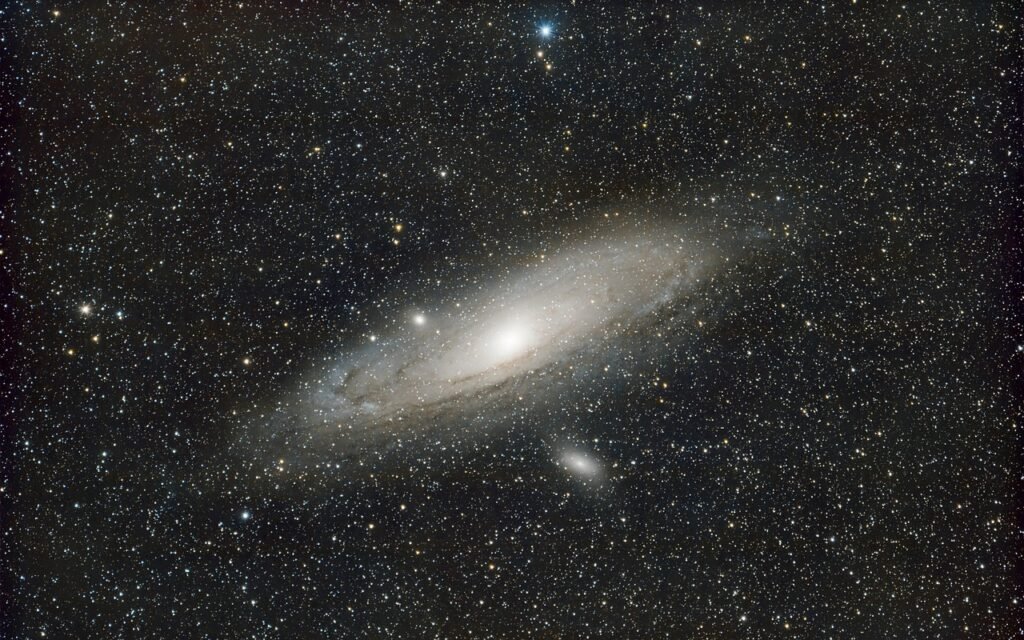Have you ever felt like a tiny speck floating through an endless cosmic ocean? That feeling might be more accurate than you think. isn’t just vast beyond comprehension, it’s also far stranger than our everyday experience suggests.
Scientists constantly push the boundaries of our understanding, proposing theories that sound more like science fiction than reality. These aren’t just random guesses though. They’re serious attempts to explain the mysteries that standard physics can’t answer. From suggestions that we’re living inside a hologram to possibilities that our entire cosmos might be just one bubble among infinite others, these wild theories challenge everything we think we know about existence itself. So let’s get started and dive into the most mind-bending ideas about our universe.
The Holographic Universe: Reality as a 2D Projection
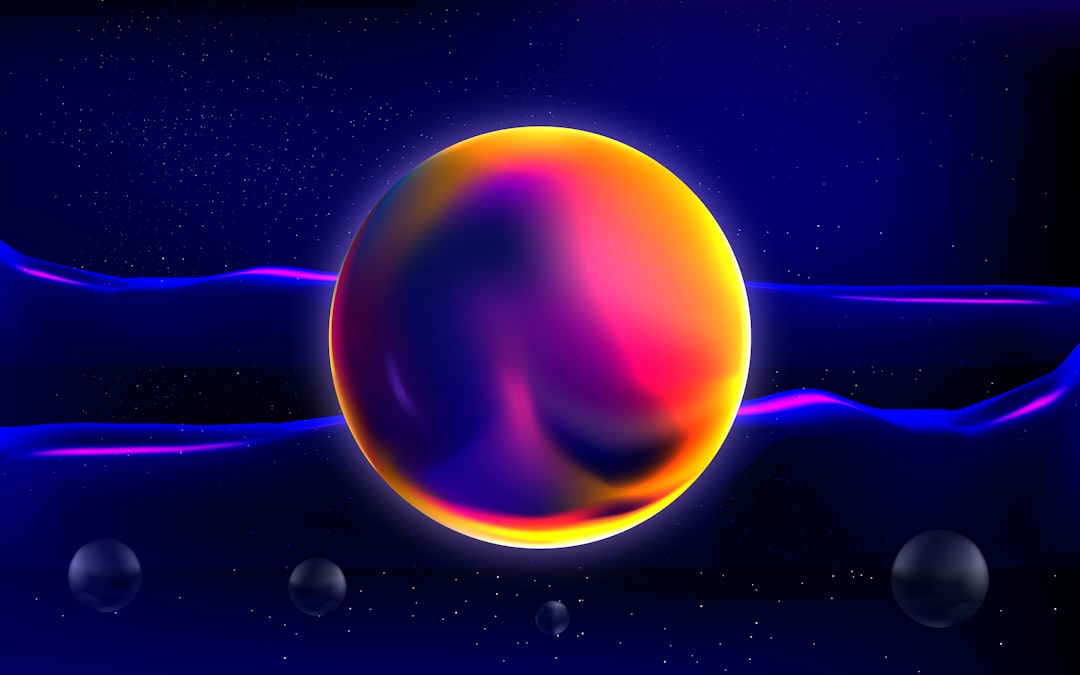
Imagine discovering that everything you see, touch, and experience exists only as information encoded on a distant two-dimensional surface. The holographic principle suggests that our entire 4D spacetime could be a holographic projection of a lower-dimensional reality, much like a 3D hologram emerges from information encoded on a 2D surface. This isn’t just philosophical speculation either.
The most rigorous realization of this principle is the AdS/CFT correspondence developed by Juan Maldacena, which showed that a five-dimensional theory of spacetime including gravity could describe the same system as a lower-dimensional quantum field theory without gravity. Think of it like this: all the physics happening inside a soup can could theoretically be described by equations written on the label wrapped around its edge. Our Universe is four-dimensional with three dimensions of space and one of time, but if there truly are extra dimensions out there, our 4D Universe could just be a holographic surface that preserves information present in the true, higher number of dimensions.
Dark Flow: ‘s Mysterious Drift

Using data from the Wilkinson Microwave Anisotropy Probe, astronomers discovered evidence of a surprisingly coherent approximately 600 km/s flow of galaxy clusters toward a specific region of sky, caused by gravitational attraction of matter that lies beyond the observable universe. This phenomenon completely violates our expectations about how the cosmos should behave.
The finding flies in the face of predictions from standard cosmological models, which describe such motions as decreasing at ever greater distances, since cosmologists view the microwave background as ‘s ultimate reference frame. A theory called inflation suggests we see is just a small bubble that got rapidly expanded after the Big Bang, and there could be other parts beyond this bubble containing giant, massive structures much larger than anything in our observable universe tugging on galaxy clusters. However, analyzing data from the European Space Agency’s Planck satellite in 2013 claimed to show no statistically significant evidence of dark flow’s existence.
The Multiverse: Infinite Universes Beyond Our Own
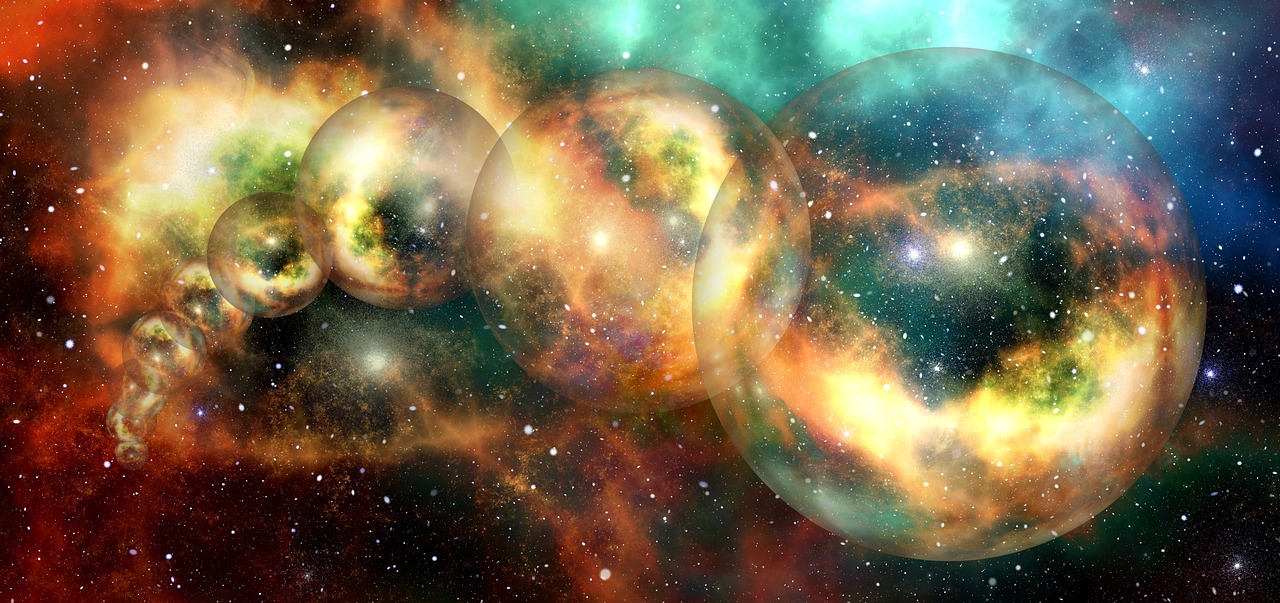
Theoretical physics suggests a multiverse is a hypothetical grouping of multiple universes, meaning our Universe could be just one tiny universe in a much larger multiverse where many, possibly even infinite universes, are contained, existing parallel to each other. This isn’t just wild speculation from science fiction movies.
One way to think of this is that there are actually many versions of reality, many worlds, and quantum mechanics tells us what fraction of s in the multiverse have particles in particular locations. According to one theory, when our cold, empty universe eventually becomes a dark void, it’s actually the beginning of the next universe in an endlessly repeating cycle, as cold, empty branes collide with each other. If you take the Big Bang Theory, this would mean that the infancy of our universe was just the creation of one bubble in the vast sea of inflating universes, which will eventually pop or disappear.
The Simulation Hypothesis: Living Inside a Computer Program

Oxford philosopher Nick Bostrum suggested that an advanced civilization, with enough computer power, could run a simulation elaborate enough to create artificial minds, physics, and everything else in our universe. This idea has gained surprising support from respected scientists and even tech entrepreneurs.
The Simulation Theory explains that because of the compelling likelihood of technological singularities occurring in , it is quite likely that advanced civilizations have created simulations, and since the number of these simulations would be infinite, it’s actually quite likely we are living in a computer simulation. Theoretical physicist S. James Gate observed something astonishing in his String Theory research: deep inside the mathematics we use to describe our universe, Gate has found computer code, specifically an extremely unexpected self-dual linear binary error-correcting block code.
Ekpyrotic Theory: Universe-Smashing Cosmic Cycles
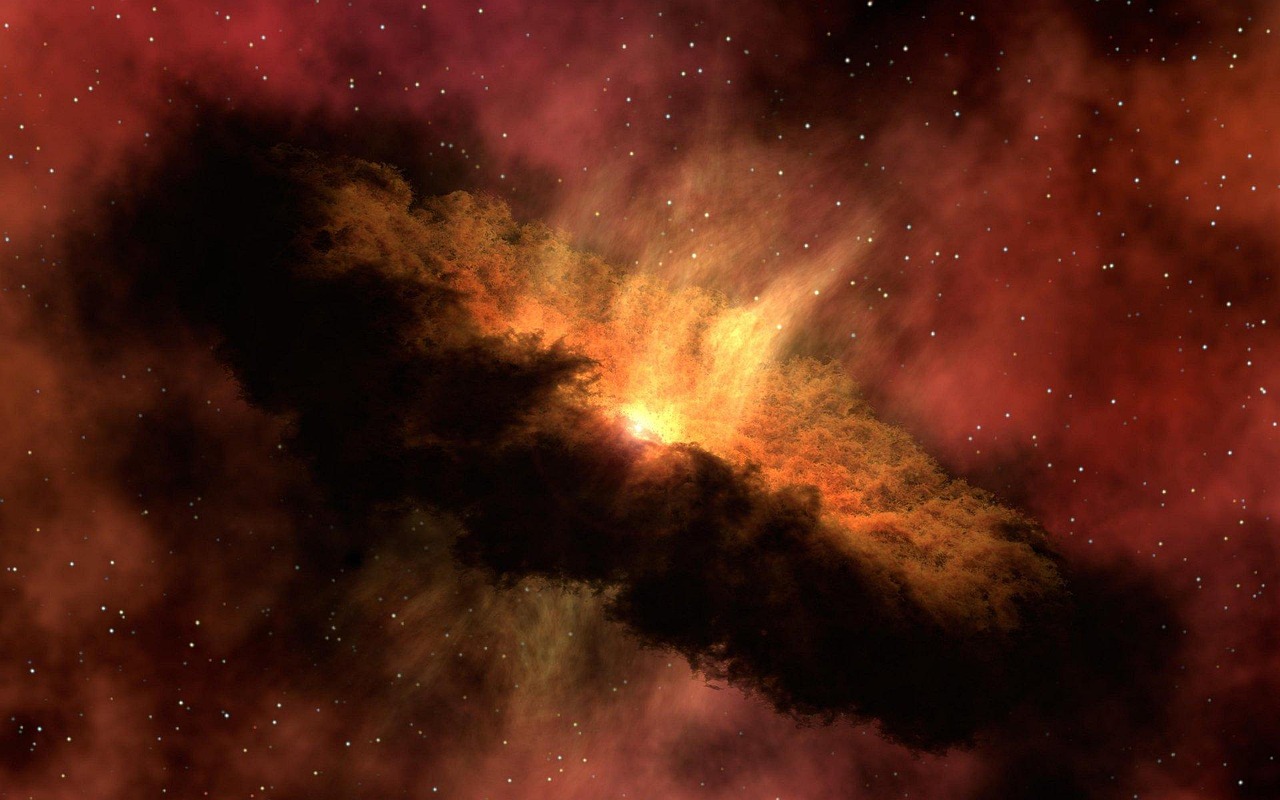
The ekpyrotic scenario, brought to life in 2000 by several physicists, suggests that two universes smash into each other, starting universes anew in a cyclical pattern that periodically repeats similar events, but without the inflation and expansion of the Big Bang. The name comes from the Greek word for conflagration, hinting at the cosmic violence involved.
Instead of our universe beginning from a single point of infinite density, this theory proposes that cosmic collisions between higher-dimensional spaces called branes create new universes. When one cold, empty brane collides with another, which given enough time is bound to happen eventually, cosmologists Neil Turok and Paul Steinhardt believe such a collision would generate enough energy to create a whole new universe. However, for most modern scientists, this model relies on far too many assumptions and subsequent complexities that render the whole model interesting but highly unlikely, as the simplest explanations are often the most promising.
Extra Dimensions: Hidden Realms Beyond Our Perception
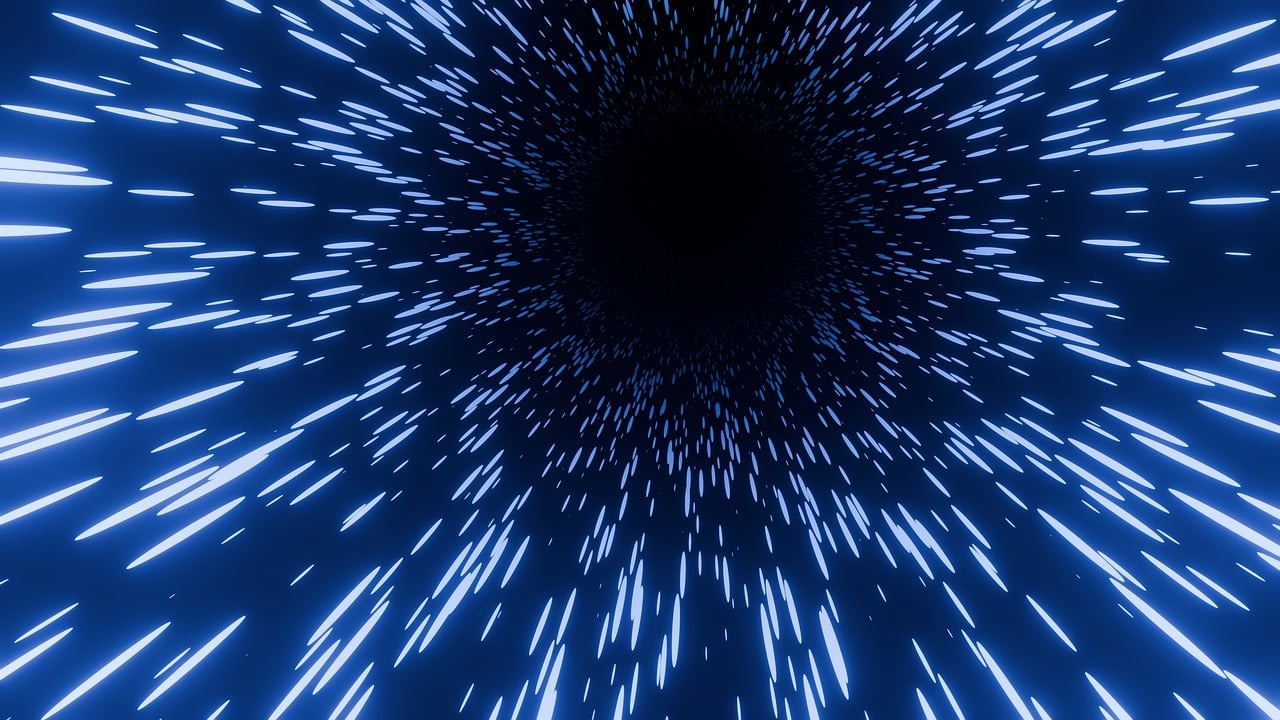
Some theories suggest another spatial dimension which we can’t perceive directly in another perpendicular direction, with this higher dimensional space referred to as “the bulk,” while our universe is a three-dimensional membrane floating inside the bulk, and the braneworld picture solves several problems in physics. Think of our three-dimensional reality as a shadow cast by something far more complex.
Theoretical physicists Lisa Randall and Raman Sundrum proposed a version of the braneworld that explains an asymmetry in subatomic forces by suggesting the existence of other branes parallel to our own. One of the most intriguing ideas of modern physics is that our Universe might possess additional, extra dimensions beyond the ones we can see, originally thought up by Theodor Kaluza and Oskar Klein to unify Einstein’s general relativity with Maxwell’s electromagnetism. String theory opens up wild possibilities, like extra dimensions we can’t see, and also hints at the idea of multiple universes called the multiverse, suggesting our universe might be one of many.
White Holes: ‘s Cosmic Fountains
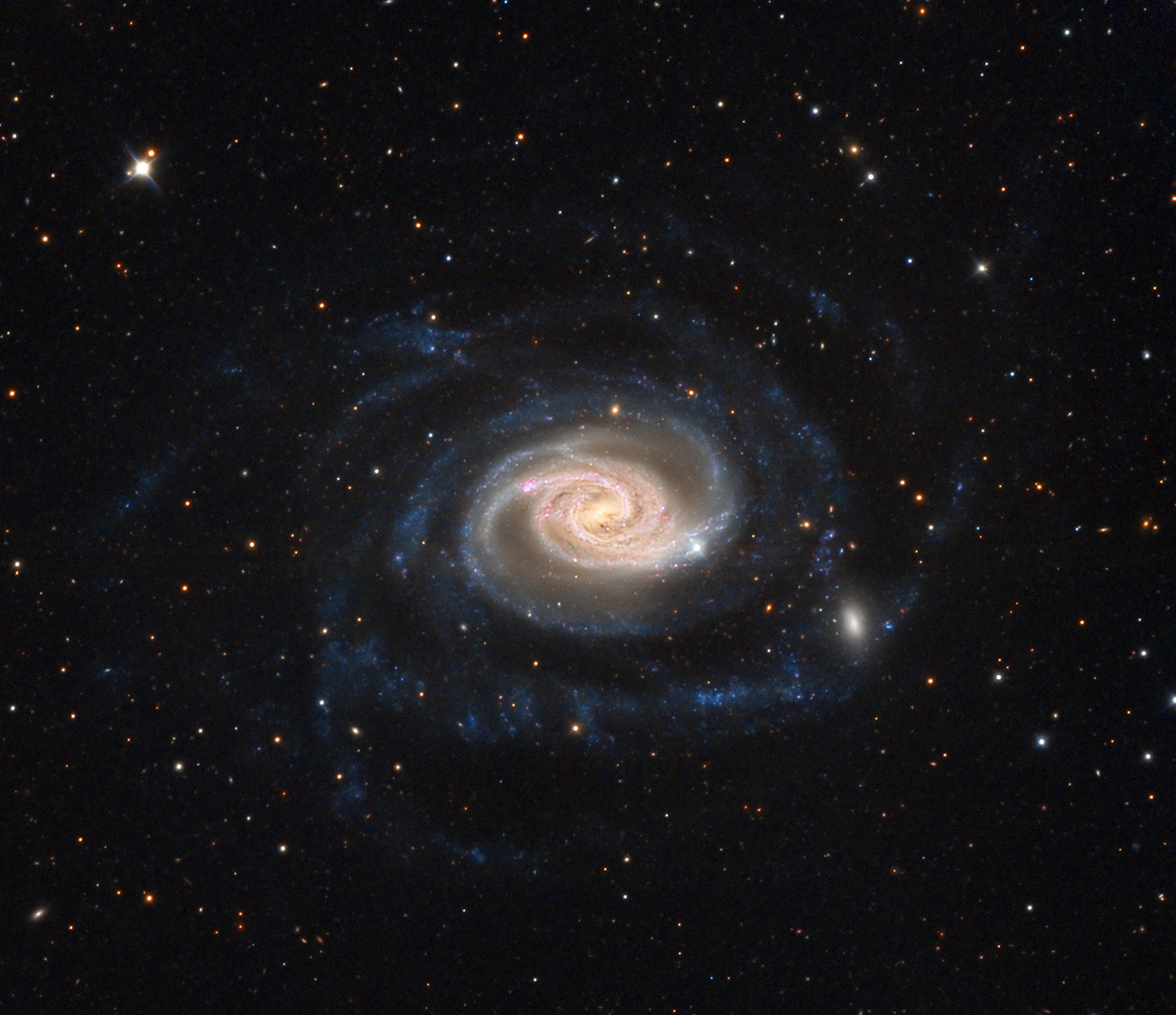
White holes are simply the opposite to the black hole theory, as they spit out what black holes suck in, and regarding Einstein’s general relativity theory, a white hole is a hypothetical region of spacetime which cannot be entered from the outside, although matter and light can escape from it. Imagine a cosmic geyser that endlessly spews matter and energy into space.
In this sense, white holes are the reverse of black holes, which can only be entered from the outside, and while they are completely a theoretical mathematical concept, if they are the opposite of black holes, white holes might be the birth of a star. These theoretical objects could explain some of ‘s most energetic phenomena, like gamma-ray bursts or quasars. Though no white hole has ever been observed, they remain mathematically valid solutions to Einstein’s equations, representing regions where the laws of physics flip inside-out compared to their dark counterparts.
The Black Hole Universe: Born Inside Cosmic Giants
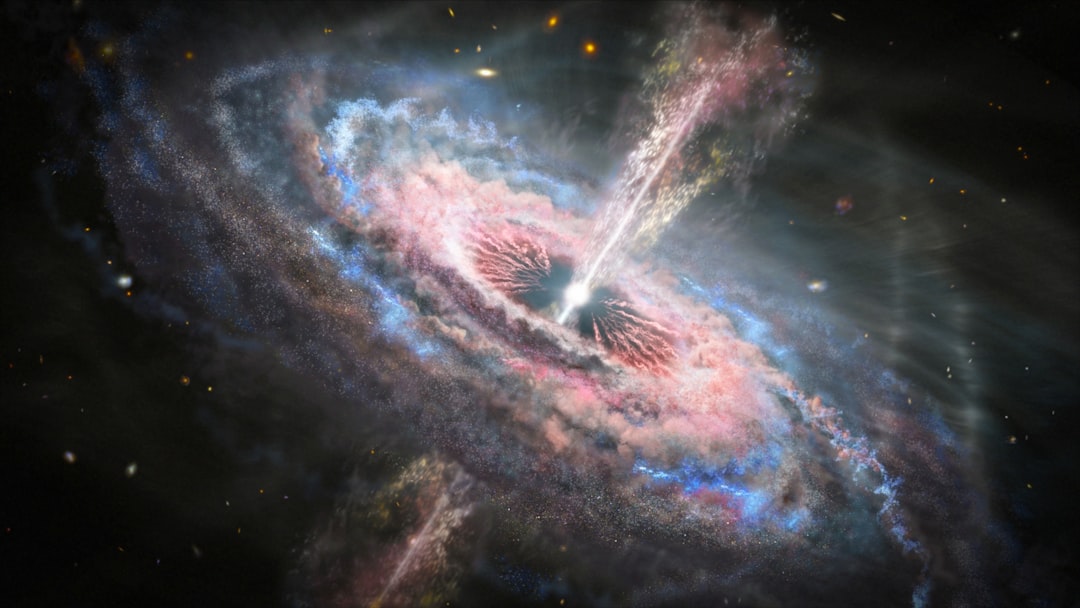
The Big Bang model begins with a point of infinite density where the laws of physics break down, which is a deep theoretical problem suggesting the beginning of is not fully understood, so researchers questioned that model and tackled questions from a different angle by looking inward instead of outward. What if our entire cosmos emerged from the inside of a black hole?
This bounce occurs entirely within the framework of general relativity combined with basic principles of quantum mechanics, and what emerges on the other side is a Universe remarkably like our own, with the rebound naturally producing a phase of accelerated expansion driven by the physics of the bounce itself. The Black Hole Universe model does more than fix technical problems with standard cosmology, it offers a new perspective on our place in the cosmos, revealing that is slightly curved, like the surface of the Earth.
Many Worlds: Infinite Versions of You
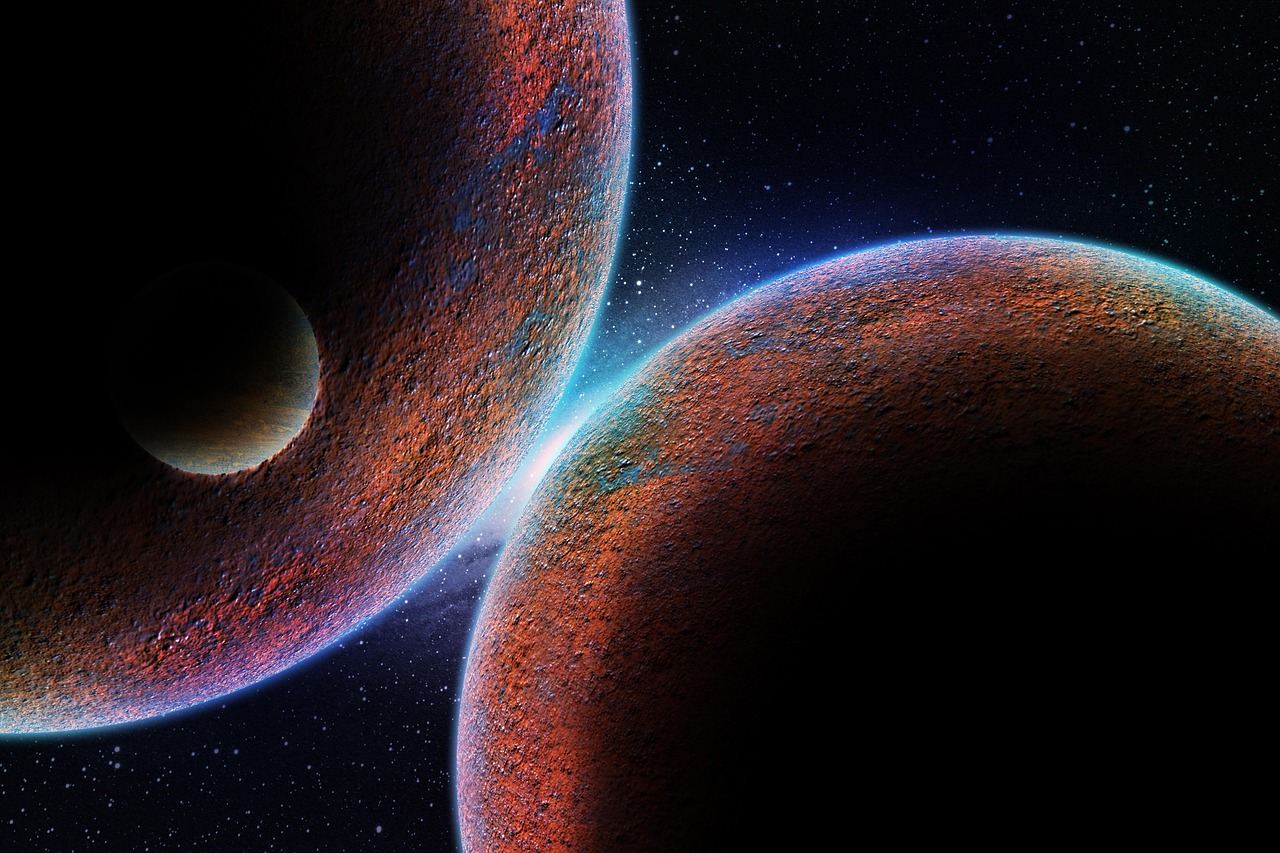
Physicist Erwin Schrödinger envisioned a thought experiment where a cat inside an opaque box is connected to a device that monitors a single particle, and if the particle does one thing the cat is killed, if it does another the cat lives, so the state of the cat is tied directly to a single subatomic particle. This famous paradox reveals something profound about reality itself.
If we wait and come back to the box, what can we say about the cat without looking? According to our current understanding of quantum theory, the answer is both alive and dead. Instead of thinking quantum equations tell us probability, the most straightforward interpretation is that we were wrong to think particles could ever be in any single place, and there are actually many versions of reality where the amplitude tells us what fraction of universes in the multiverse have particles in particular locations. Every quantum measurement splits reality into countless parallel universes, each containing a different version of you experiencing a different outcome.
Digital Physics: as Pure Information

In a holographic universe, all the data about 3D space could fit on a 2D surface, similar to how a computer stores 3D games on a flat disk, and some researchers even made toy models of how space and time could be built from quantum bits. Reality might be fundamentally computational at its deepest level.
The maximum possible entropy depends on boundary area instead of volume, so imagine piling up computer memory chips in a big heap where the number of transistors increases with volume, along with total thermodynamic entropy, yet remarkably the theoretical ultimate information capacity of the space increases only with surface area. The visible universe contains an estimated 10^90 particles, which could in principle be packed inside a sphere a tenth of a light-year across, though much larger numbers requiring a sphere almost as big as itself are entirely plausible. This suggests that information, not matter or energy, might be ‘s most fundamental currency.
The Final Frontier of Cosmic Understanding
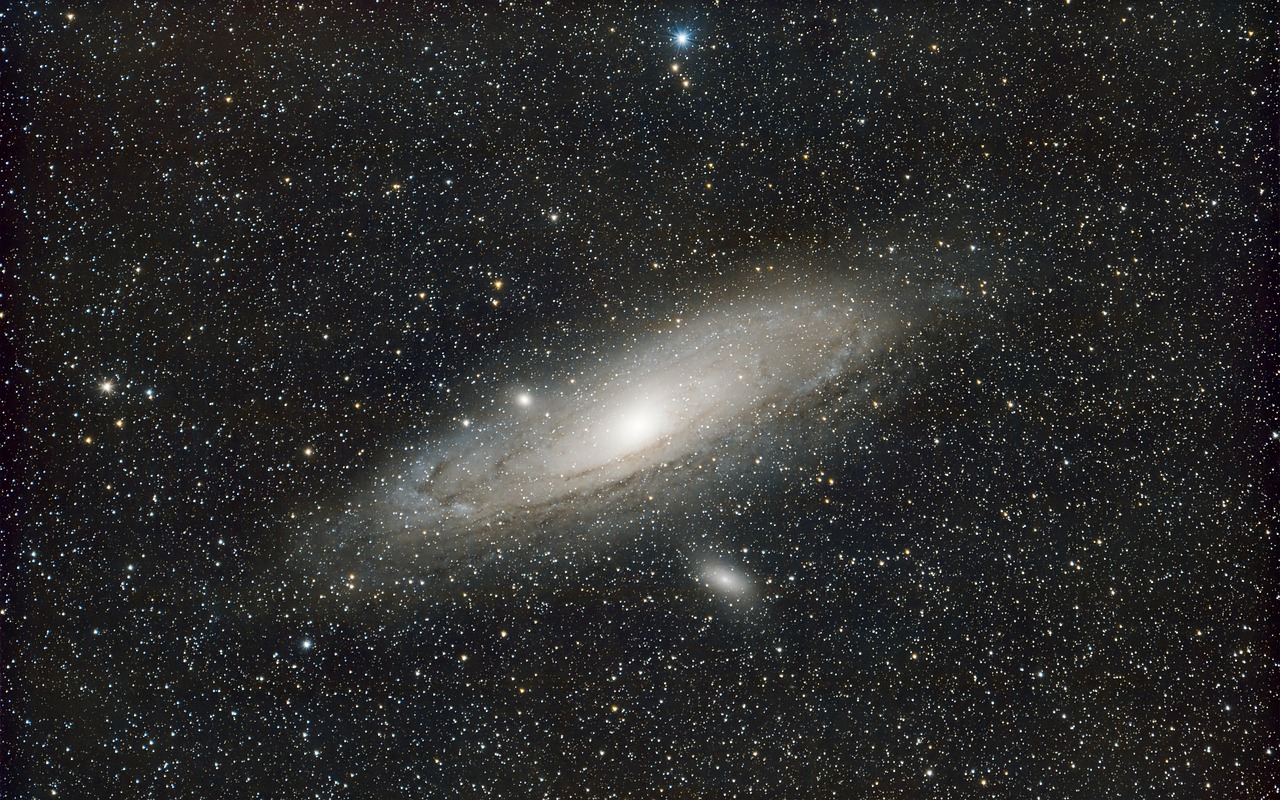
These wild theories represent humanity’s boldest attempts to understand our place in existence. Whether we’re living in a hologram projected from cosmic boundaries, drifting through space due to invisible forces from beyond our universe, or experiencing just one branch of infinite parallel realities, each possibility challenges our most basic assumptions about reality.
has consistently proven stranger than we ever imagined. From quantum mechanics revealing that particles exist in multiple states simultaneously to relativity showing that space and time are malleable, nature seems to delight in defying our intuitions. These theories push those boundaries even further, suggesting that everything we consider real might be fundamentally different from what it appears.
What fascinates me most is that these aren’t just abstract mathematical games. They’re serious attempts by brilliant minds to solve real problems in our understanding of cosmology and physics. Did you expect that the deepest questions about existence might lead to such radical possibilities?

